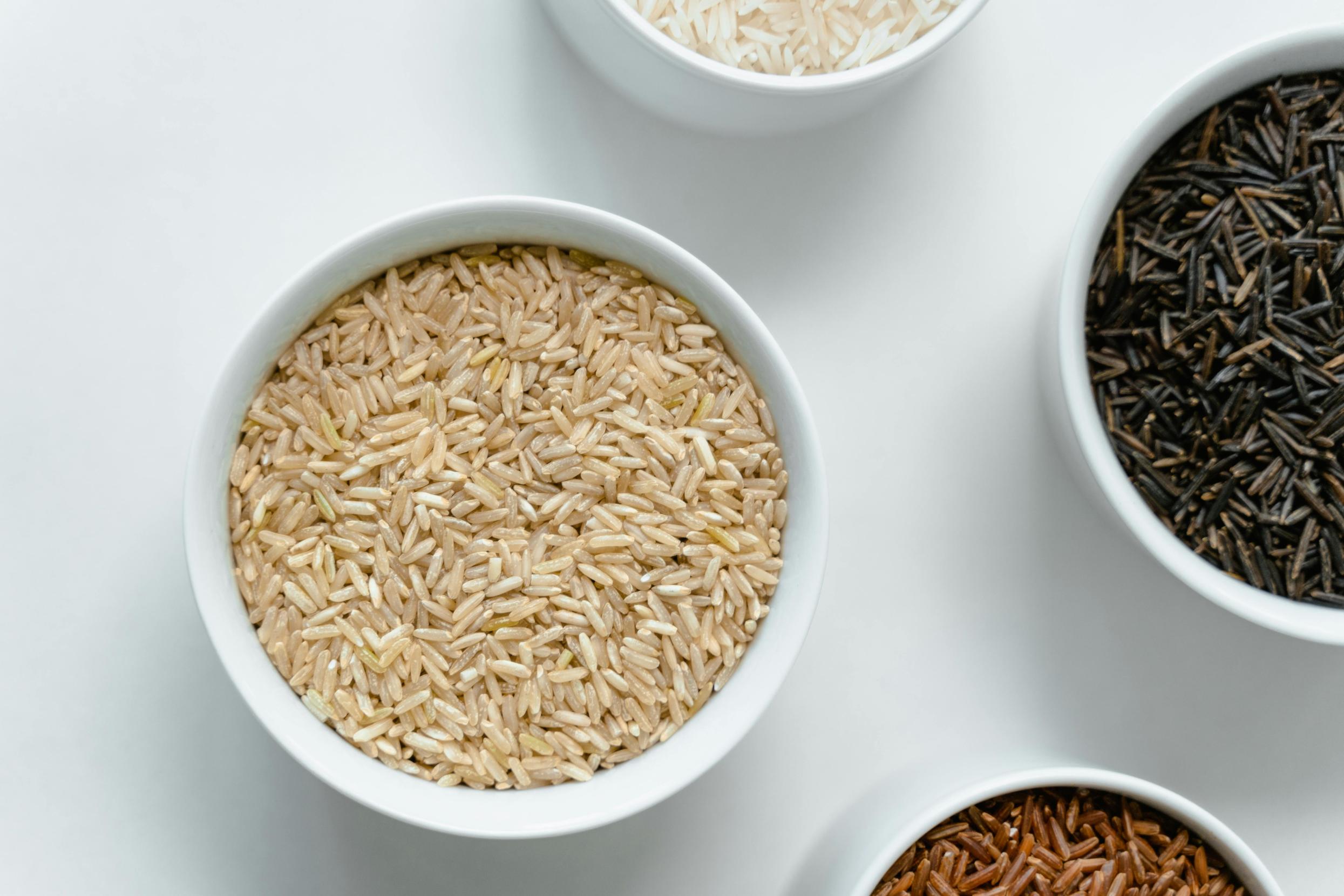How Does a Rice Cooker Work?
Introduction
A rice cooker is a kitchen marvel, providing convenience by automating the process of cooking rice perfectly every time. For many, mastering rice cooking can be daunting due to variations in rice types and water ratios. However, with a rice cooker, this task becomes almost foolproof. Whether you’re a culinary beginner or an experienced home chef, understanding how a rice cooker works can enhance your cooking efficiency and results.

Understanding the Basics of a Rice Cooker
What is a Rice Cooker?
A rice cooker is a countertop appliance designed to steam or boil rice to the perfect consistency. The primary function of a rice cooker is to precisely manage and deliver heat to ensure the rice is cooked through evenly, avoiding undercooked or burnt spots.
Key Components of a Rice Cooker
- Inner Pot: The container where the rice and water go.
- Heating Plate: The metal plate at the bottom of the rice cooker that heats up.
- Thermostat: The temperature sensor that ensures the right amount of heat is applied.
- Lid: Keeps the steam in and helps cook the rice evenly.
- Control Panel: For selecting different settings and cooking modes.
These components work together to bring you perfectly cooked rice with minimal effort.

The Science of Cooking Rice
How Heat is Distributed
The heating plate beneath the inner pot heats up when the rice cooker is turned on. The thermostat regulates the temperature to ensure steady and even heat distribution. This controlled environment is critical for cooking rice uniformly.
The Role of Water Evaporation
Water evaporation is essential in the rice-cooking process. As the water heats up, it transforms into steam, rising through the rice and enhancing its texture. The balance of water to rice must be precise; too much water results in mushy rice, while too little leaves it undercooked.
The Automatic Shut-off Mechanism
One of the most convenient features of a rice cooker is its automatic shut-off mechanism. Once the rice has absorbed the appropriate amount of water and reaches the ideal temperature, the thermostat signals the cooker to turn off or switch to a ‘keep warm’ mode. This feature prevents overcooking and allows you to focus on other tasks.
Types of Rice Cookers
Conventional Rice Cookers
These are the most common type of rice cookers. They are straightforward to use and generally have basic functions: cook and keep warm. They are perfect for everyday cooking needs.
Micom (Microcomputer) Rice Cookers
Micom rice cookers incorporate a microcomputer chip that monitors and adjusts the cooking parameters based on the type and amount of rice. This allows for more precise cooking control and versatility.
Induction Heating Rice Cookers
Instead of a traditional heating plate, these rice cookers use induction heating, which generates heat through a magnetic field, allowing for more even cooking. Induction heating rice cookers are often more efficient and result in a better quality of cooked rice.
High-End Fuzzy Logic Cookers
Fuzzy logic rice cookers are top-of-the-line appliances that can ‘think’ for themselves. They adjust cooking parameters like time and temperature based on internal sensors to deliver the best results. These models may come with a steeper price, but their precision and versatility can be well worth it.
Additional Features and Benefits
Keep Warm Functionality
The keep-warm feature is incredibly useful, maintaining the rice at an optimal temperature until you are ready to serve. This function can keep rice warm for several hours without compromising its texture or flavor.
Steaming Trays and Multi-functionality
Many modern rice cookers come with steaming trays, allowing you to cook vegetables, fish, or even dumplings while your rice cooks. This multi-functionality makes the rice cooker a versatile addition to any kitchen.
Smart Technology and Connectivity
Some high-end rice cookers are equipped with smart technology, enabling users to control settings through smartphone apps. This connectivity offers added convenience, allowing you to start or monitor your cooking remotely.

How to Use a Rice Cooker for Best Results
How to Measure Rice and Water Properly
- Measure the rice using the cup that comes with your rice cooker.
- Rinse the rice to remove excess starch.
- Measure the water precisely, adhering to the instructions in your rice cooker’s manual.
Prepping Your Rice
- Rinse the rice under cold water to remove any surface starch.
- Soak the rice for at least 30 minutes if required, especially for longer grain varieties.
Cleaning and Maintenance Tips
- Clean the inner pot, lid, and steam vent regularly.
- Ensure all parts are dry before reassembling to prevent mold.
- Use a soft sponge to avoid scratching non-stick surfaces.
Routine maintenance will extend the life of your rice cooker and ensure optimal performance.
Conclusion
Rice cookers offer convenience, precision, and versatility, making them an invaluable kitchen appliance. By understanding how a rice cooker works and adhering to best practices, you can consistently achieve perfectly cooked rice. From basic models to high-end versions with advanced features, there’s a rice cooker out there to meet your specific needs.
Frequently Asked Questions
Can I use a rice cooker to cook other grains?
Yes, you can cook various grains such as quinoa, barley, and oats. Just follow the appropriate water-to-grain ratio.
How should I clean my rice cooker?
Clean the inner pot, lid, and other removable parts with warm, soapy water. Avoid submerging the main unit in water.
How long does it take to cook rice in a rice cooker?
Cooking time varies but typically ranges from 20 to 45 minutes, depending on the type and amount of rice being cooked.
